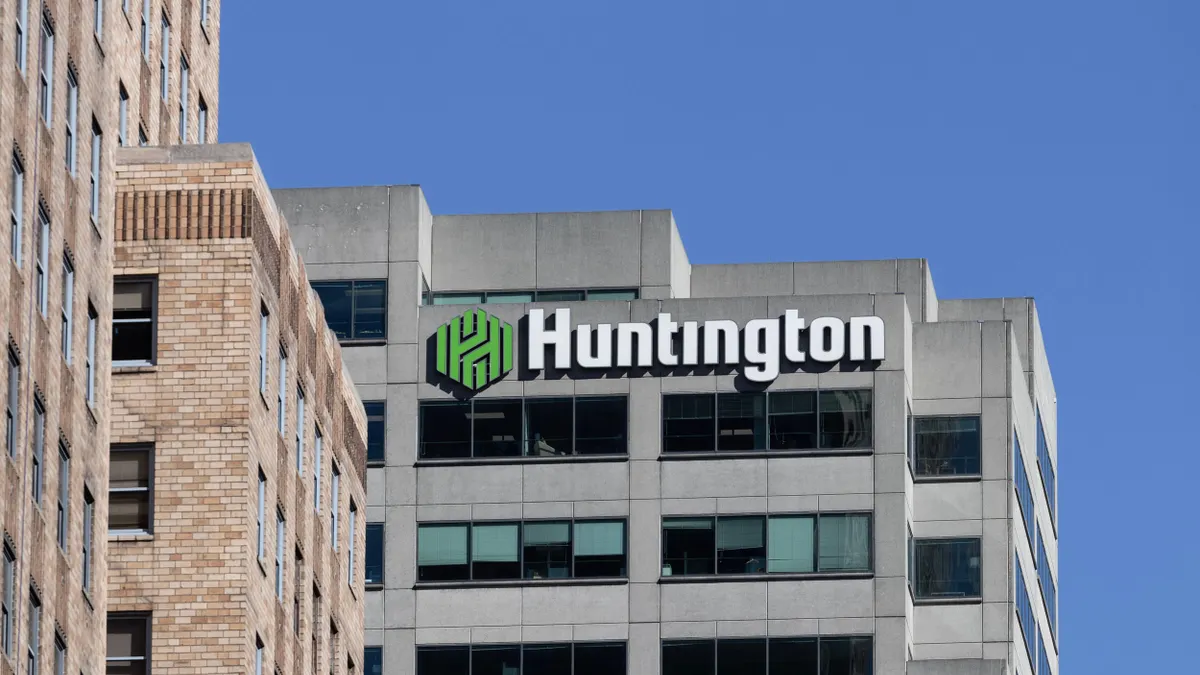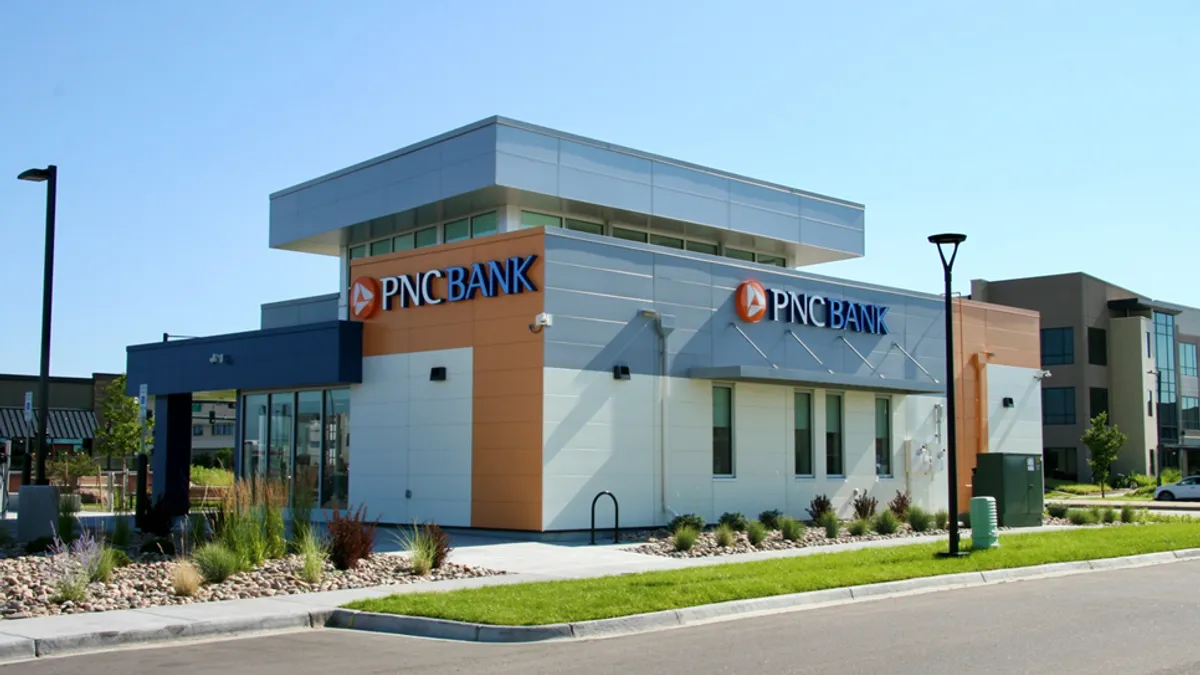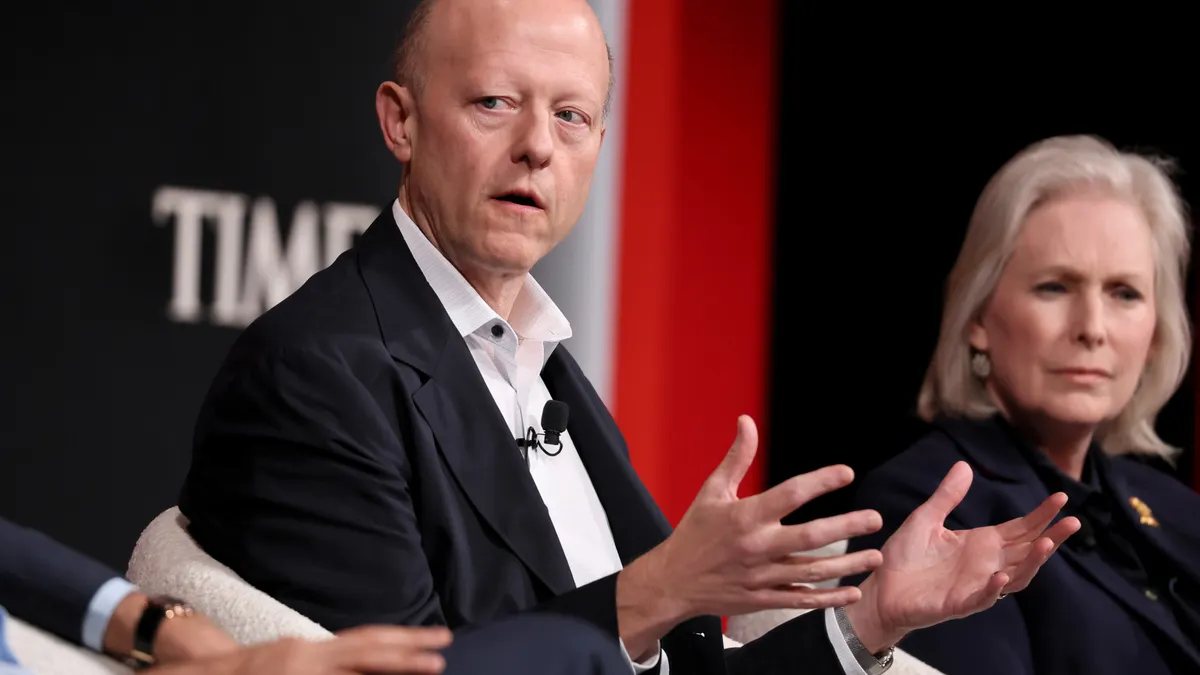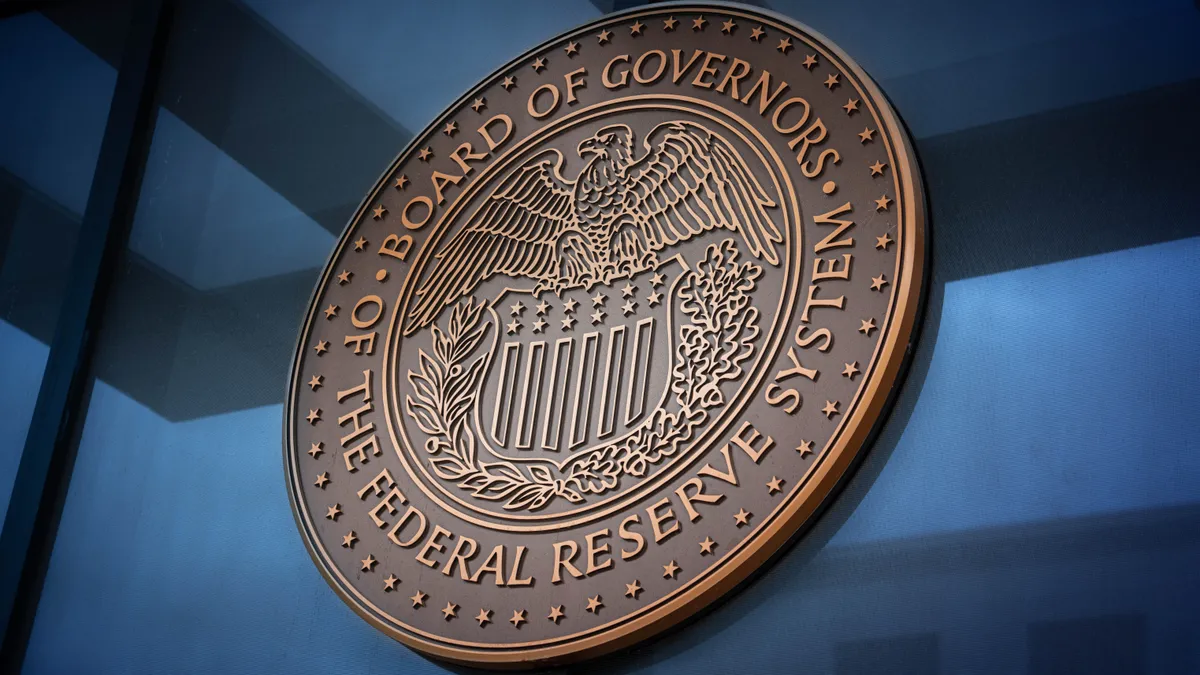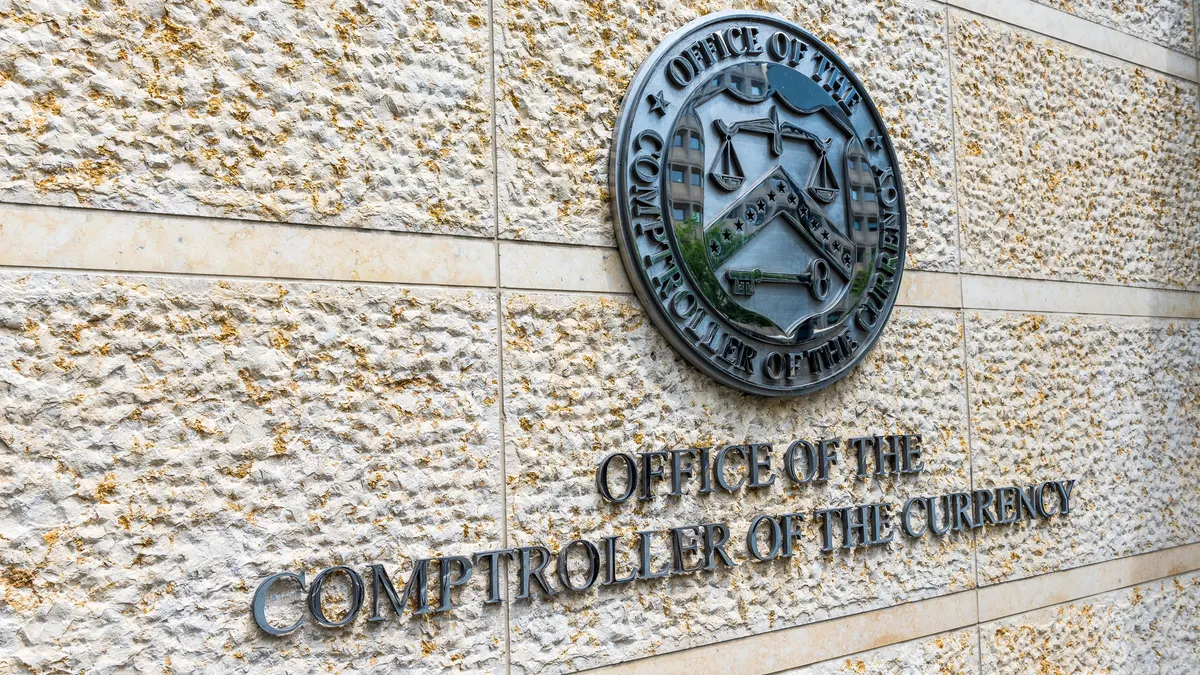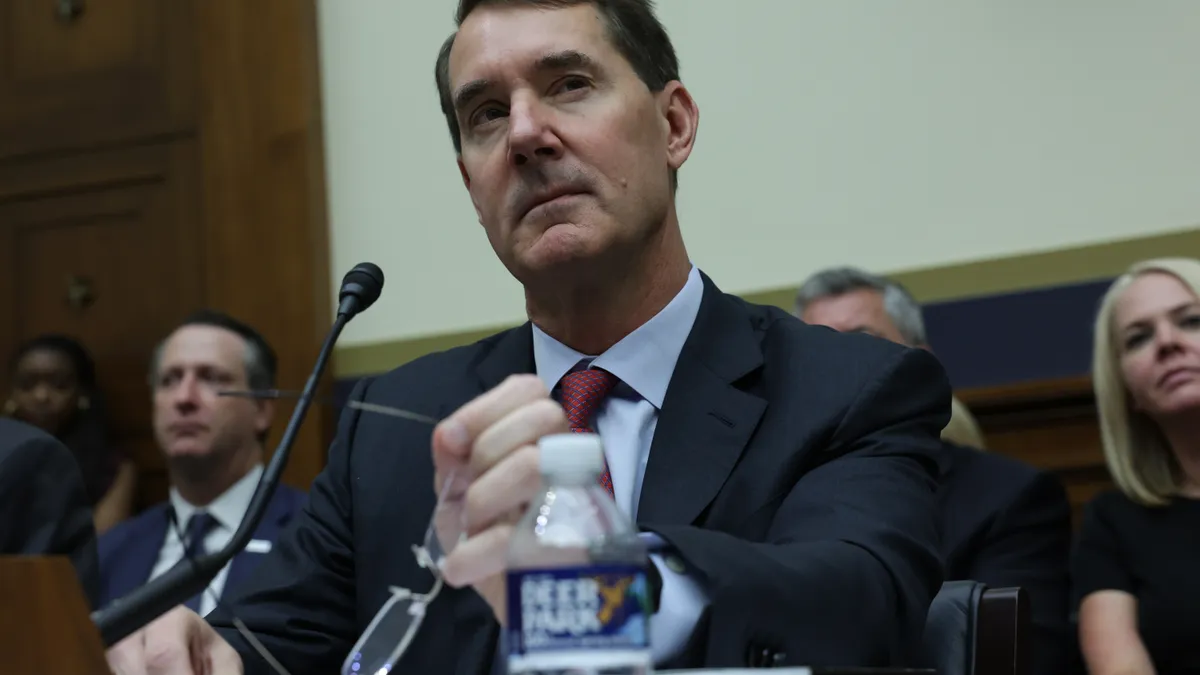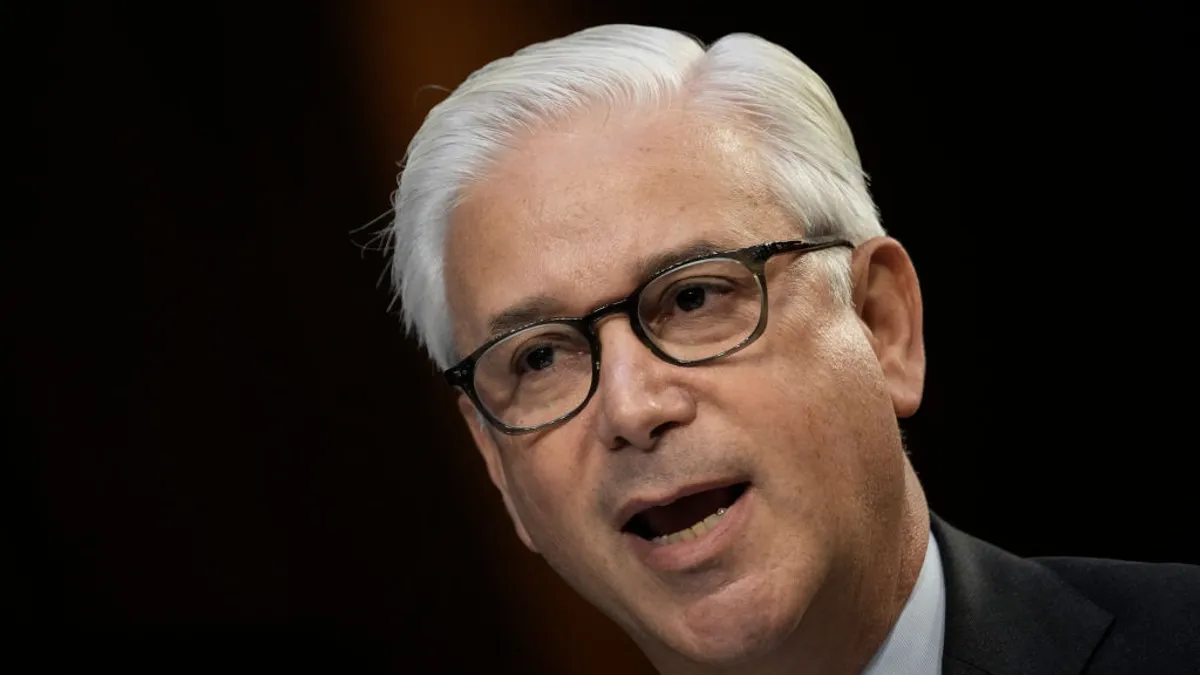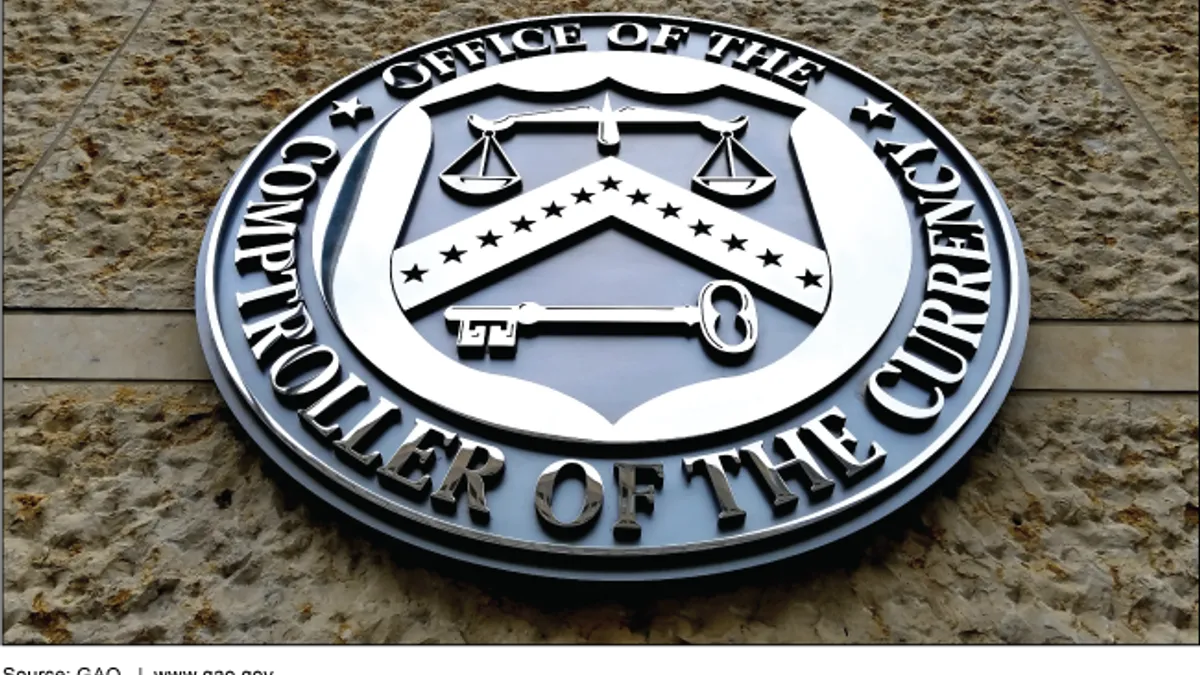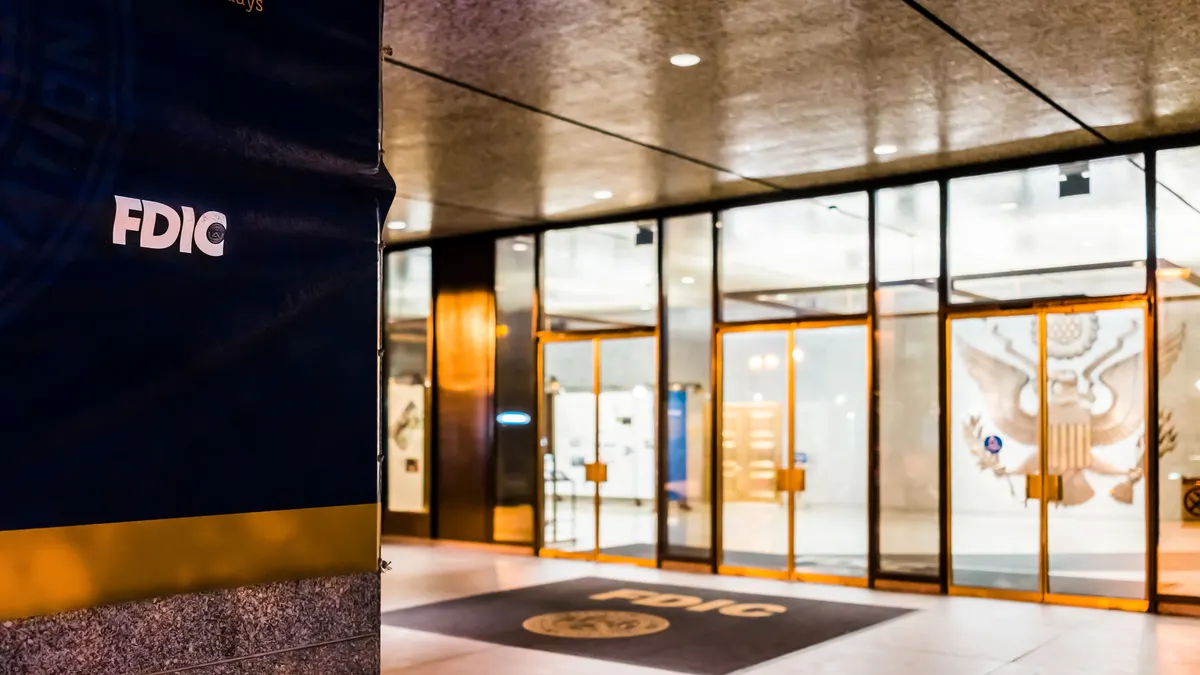Silicon Valley Bank’s failure sprung from “a textbook case of mismanagement,” Michael Barr, the Federal Reserve’s vice chair for supervision, testified Tuesday in front of the Senate Banking Committee.
The bank had a “concentrated business model” and grew “exceedingly quickly — tripling in asset size between 2019 and 2022,” Barr said.
SVB invested the spoils of pandemic-era deposit growth in long-term securities, but failed to effectively manage interest rate risk or develop tools to measure that risk, Barr said.
But also, as it grew, SVB moved into a different asset category at the Fed and was given a new team of supervisors — one that engaged with the bank on an ongoing basis rather than checking in quarterly, Barr said.
Barr outlined Fed examiners’ findings with the bank — notably, that agency supervisors in late 2021 found deficiencies related to liquidity stress testing, contingency funding, and liquidity risk management. Fed personnel issued three additional findings in 2022, citing ineffective board oversight, risk management weaknesses and internal auditing. Fed supervisors met with SVB's senior management in October to express concern over the bank's interest rate risk profile.
Barr said the Fed’s board was briefed on SVB’s woes in mid-February but that “staff discussed the issues broadly’ and relayed that they were “actively engaged with SVB but, as it turned out, the full extent of the bank’s vulnerability was not apparent” until a March 9 bank run.
“The bank waited too long to address its problems, and ironically, the overdue actions it finally took [in March] to strengthen its balance sheet sparked the uninsured depositor run that led to the bank's failure,” Barr said.
SVB saw outflows of $42 billion in deposits March 9, but told regulators early March 10 that it was expecting another $100 billion in outflows that day, Barr testified Tuesday, according to CNBC.
Taken together, the $142 billion would have equaled 81% of the $175 billion in deposits the bank had counted at the end of 2022.
A review of SVB’s failure, overseen by Barr and due May 1, will scrutinize the bank's growth and management, the Fed’s engagement with SVB and the regulatory requirements the bank was meant to uphold, Barr said.
“We are focusing on whether the Federal Reserve's supervision was appropriate for the rapid growth and vulnerabilities of the bank,” Barr said. “While the Federal Reserve's framework focuses on size thresholds, size is not always a good proxy for risk, particularly when a bank has a nontraditional business model.”
The review will analyze the Fed’s supervisory effectiveness, but, Barr said, “We need to ask why the bank was unable to fix and address the issues we identified in sufficient time.”
“It is not the job of [Fed] supervisors to fix the issues identified,” he said. “It is the job of the bank's senior management and board of directors to fix its problems.”
At least one prominent lawmaker similarly cast blame on SVB’s executives rather than its regulators.
“The scene of the crime does not start with the regulators before us,” Senate Banking Committee Chair Sherrod Brown, D-OH, said in remarks Tuesday. “We must look inside the bank, at the bank CEOs, and at the Trump-era banking regulators, who made it their mission to give Wall Street everything it wanted.”
Republicans, too, called SVB’s failure “a classic tale of negligence” on the part of management.
“Without any question that’s where the buck stops,” said Sen. Tim Scott, R-SC, the panel’s ranking member, according to Bloomberg.
But regulators didn’t escape Scott’s gaze.
“Warning signs should have been flashing red,” he said. “How can you ask Congress for more authority with a straight face?”
Tuesday’s hearing also featured Martin Gruenberg, the Federal Deposit Insurance Corp.’s chief.
He said regulation of SVB and Signature Bank — particularly with regard to capital, liquidity and interest rate risk — “merits serious attention,” according to remarks released Monday.
"One clear takeaway from recent events is that heavy reliance on uninsured deposits creates liquidity risks that are extremely difficult to manage, particularly in today's environment where money can flow out of institutions with incredible speed in response to news amplified through social media channels," Gruenberg said.
He defended the emergency actions the FDIC, Fed and Treasury took, adding he believes “there would have been a contagion.”
Gruenberg also revealed some numbers regarding the recent auctions for SVB’s assets. He said First Citizens’ offer won out from among 27 bids by 18 bidders.
Gruenberg and Barr were set to testify Wednesday in front of the House Financial Services Committee.
Barr on Tuesday said the Fed is “evaluating whether application of more stringent standards would have prompted [SVB] to better manage the risks that led to its failure.
“We are also assessing whether SVB would have had higher levels of capital and liquidity under those standards, and whether such higher levels of capital and liquidity would have forestalled the bank's failure or provided further resilience to the bank."
Barr said the decision to roll back certain regulatory standards “was made back in 2019.”
“I believe we have substantial discretion to alter that framework,” he said.




